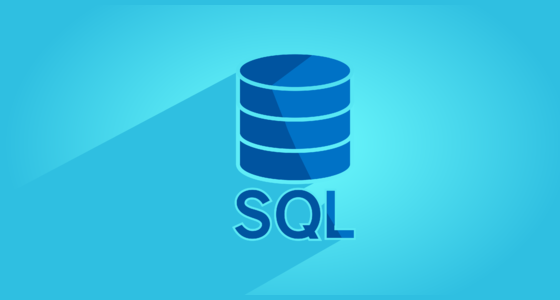SQL is a popular database management system. All businesses, large and small, utilize SQL. Machine learning makes use of SQL as well. It aids with pattern recognition. The best machine learning courses can assist you in learning more about this topic. We now live in a digital age when data analytics is used in every facet of the business. Data analytics necessitates large data databases and the ability to swiftly capture and retrieve data from these databases. SQL is a database-oriented programming language.
Table of Contents
Step-by-step process to learn SQL
1: Determine why you want to learn SQL
That’s because, while the SQL course isn’t very tough to master, no learning experience is ever completely painless. There will most certainly be times when you are frustrated and perplexed. It will be quite simple for you to quit learning SQL if you don’t have a compelling cause to do so.
There is no one-size-fits-all response to that question, but here are some of the most prevalent motivations for learning SQL course:
- Excel has become a bottleneck for you, and you’re weary of VLOOKUP.
- You want to be able to quickly and easily access your company’s data.
- You want to be able to work fast with large datasets.
2: Learn the basic syntax
This is usually not the most enjoyable aspect of learning a programming language. However, it is unavoidable. There’s no way to understand SQL at a functional level unless you can look at something like this and understand what’s going on:
SELECT c.name capital_city, f.name country
FROM facts f
INNER JOIN (
SELECT * FROM cities
WHERE capital = 1
) c ON c.facts_id = f.id
LIMIT 10;
3: Start working on guided projects
After you’ve mastered the fundamentals, you may begin working on real-world SQL applications.
4: Familiarize yourself with helpful SQL resources
After you’ve completed a few guided tasks, it’s time to go out on your own. The good news is that you can work with any data you want, answering whichever questions you choose. What an inspiration!
The bad news is that there is no answer key to consult! It’s a good idea to bookmark a few relevant SQL resources before you start your first project. Remember, there’s no shame in Googling for solutions – even the most experienced SQL developers and users use it regularly!
5: Build your SQL projects
It’s time to start working on your SQL projects now that you know where to go for support if you get stuck. This is when the solution you came up with in Step 1 becomes important. Knowing why you want to study SQL will almost certainly assist you to answer the issue of what projects to focus on.
6: Make more advanced projects
The last step is effectively a continuation of Step 5, which you can do as many times as you like. The key to continuing to learn is to increase the difficulty level. It might be tempting to keep creating projects along similar lines once you’ve learned how to develop the SQL project that first attracted you – perhaps you’ve written a query that replaces your previous Excel approach.
Conclusion
The lengthier answer is that you can quickly master the fundamentals – enough to be useful. Many learners who have never coded before may achieve their goals and finish autonomous SQL projects in only a few months, even with part-time study (for example, working on SQL in the evenings after a full-time job).


















